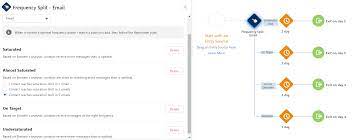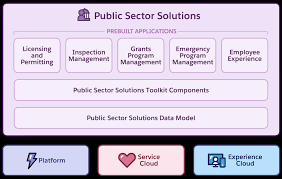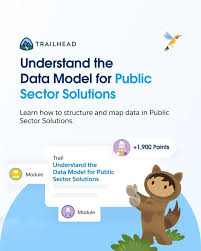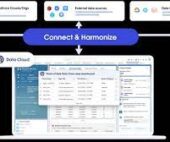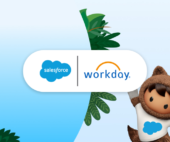AI and Consumer Goods Cloud
Salesforce’s latest “rolling thunder” of AI enhancements brings significant innovations to Consumer Goods Cloud, leveraging the power of the Einstein AI platform already integrated into Sales Cloud and Service Cloud. These enhancements are designed to optimize planning and execution for consumer goods companies. Salesforce Consumer Goods Cloud is an industry-specific solution that helps consumer goods



